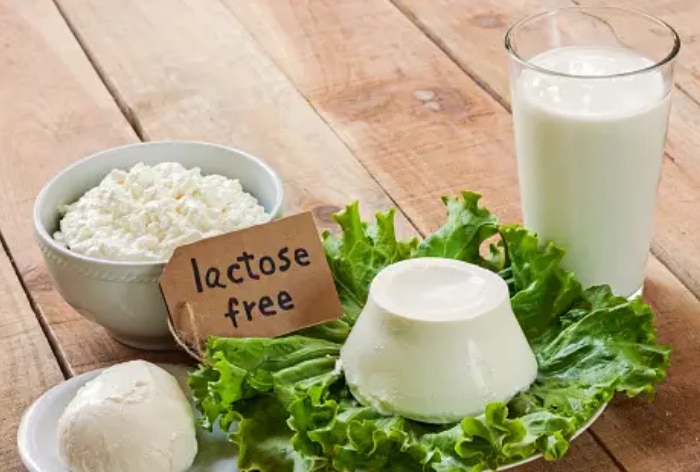People with lactose intolerance frequently experience stomach and intestinal problems when consuming dishes made with regular milk.
Lactose intolerance: Lack of the enzyme that helps break down lactose, the sugar found in milk, leads to lactose intolerance. It leads to gastrointestinal problems like bloating, flatulence, and vomiting. Lactose intolerance affects at least two-thirds of the adult population worldwide, making it widespread. Breast milk contains lactose, and almost everyone can digest it from birth. However, lactose intolerance can appear at any age, even well into adulthood.
SIGNS AND SYMPTOMS OF LACTOSE INTOLERANCE
The first signs and symptoms of lactose intolerance usually appear 30 minutes to two hours after consuming or drinking foods or beverages that contain lactose. Typical indications and symptoms include:
- abdominal cramps
- Nausea
- bloated gas
- Diarrhea
Other symptoms include a sudden need to use the bathroom, vomiting, lower abdominal pain, and constipation.
CAUSES OF LACTOSE INTOLERANCE
Undigested lactose causes sensitivity reactions in the intestine due to deficiency of the lactase enzyme. Lactose digestion in the intestines is largely influenced by gut microbes. Since these beneficial bacteria aid in the digestion of food, if the intestinal microorganisms are not present in adequate numbers, they could lead to further digestive problems. It is important to remember that a dairy allergy is different from a milk intolerance.
LACTOSE INTOLERANCE: FOODS TO EAT AND AVOID
People with lactose intolerance can adopt a lactose-free diet to reduce symptoms. To consume less dairy products, some people may decide to go on a lactose-free diet.
A lactose-free diet can easily include a variety of healthy foods, such as fruits, vegetables, whole grains, nuts, seeds, and legumes.
Milk, cheese, and butter are dairy products that often contain lactose. Many prepared foods, including baked goods, sauces with cream as an ingredient, and processed meats, can also include it.
If you frequently have lactose intolerance symptoms after consuming dairy products, especially if you’re concerned about getting enough calcium, make an appointment with your doctor.
Published Date: July 18, 2023 8:40 AM IST
–>
–>


